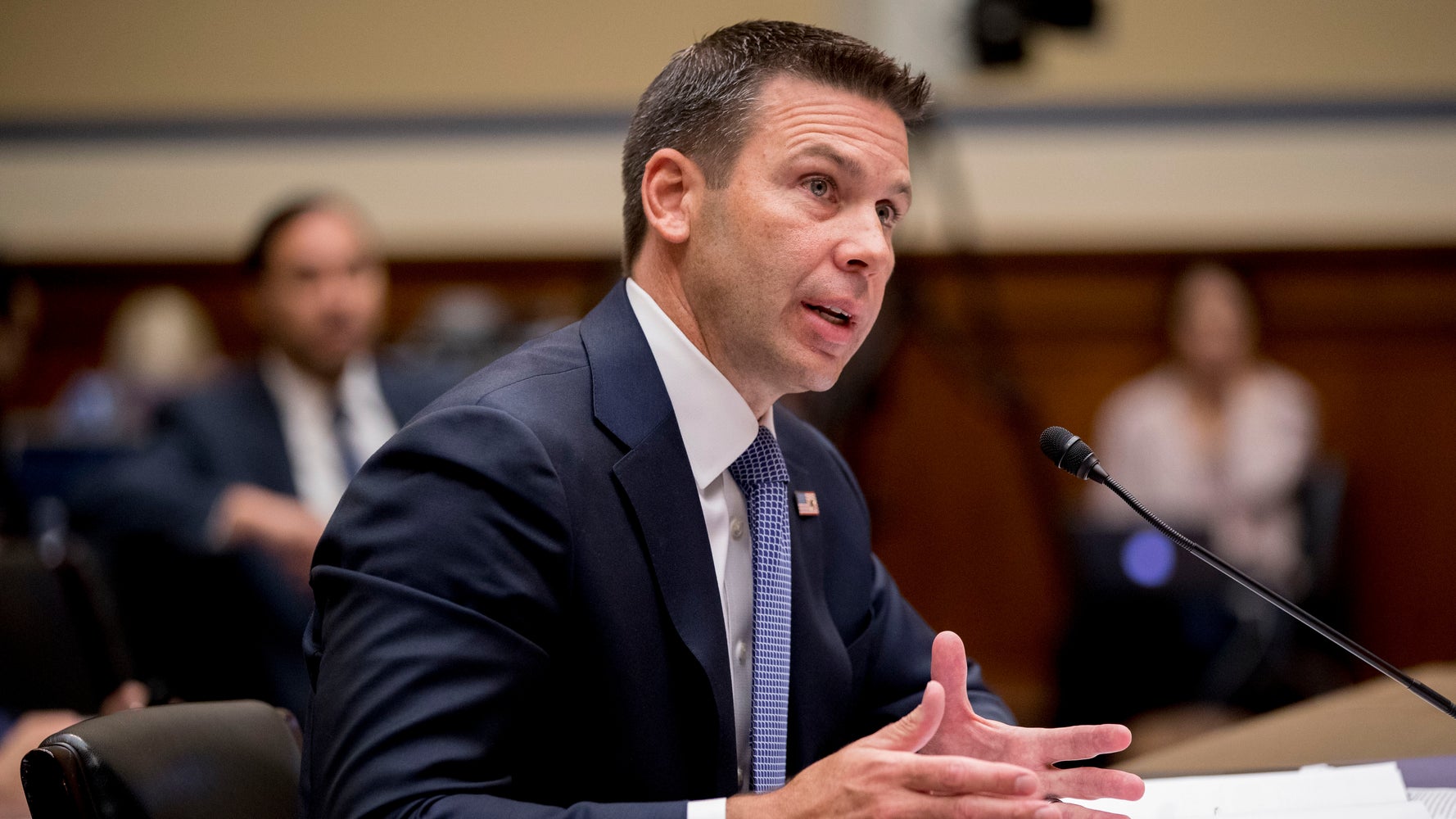2 min
Higher education must rediscover the 'service ethic' of teaching
Earlier this autumn, Otterbein University hosted the Democratic National Congress for a debate of its presidential candidates. All eyes from across America and around the world were on Otterbein and it was with that attention that the school’s president John Comerford weighed in with his thoughts on how leaders need to prioritize higher education. “Today the nation’s attention will shift to Otterbein University in Westerville, Ohio, as we host the next Democratic presidential primary debate. Questions will abound — of the candidates, between the candidates and, afterward, about who may or may not have “won” the night, all in the service of helping voters decide who might be best suited to lead. An important question that should be asked and won’t, however, isn’t for the candidates at all but for higher education: “Are you ready to lead?” Sadly, the answer is, “No.” Make no mistake, I fully expect plenty of discussion about higher education at the debate — its high costs, student debt, workforce shortages and the difficulty of change. I just hope the candidates don’t hold back in calling to account higher education itself simply because we happen to be their hosts. There is plenty of blame to go around with the challenges in higher education today, and higher education institutions themselves own a fair share of it. Perhaps no issue contributes more to higher education’s affordability problems than institutions’ — and parents’ — preoccupation with “prestige.” Exclusivity and selectivity are thought to be hallmarks of quality, which fosters a system that rewards institutions for perpetually raising admission standards and prices. The problem with this is that test scores — the most frequently-used metric for a student’s academic strength — generally track with a family’s income. Students from higher-wealth families have higher test scores and more frequently gain entrance to “selective” institutions, which steadily become less and less diverse. To essentially segregate students by their parents’ income this way, however, is un-American and does nothing to enrich an education or advance quality in research or instruction. It is the inevitable product, though, of a mindset that “selective” and high rankings are the top priorities in higher education. This is a falsehood that needs to be turned upside down…” October 15 – The Hill The rest of the op-ed is attached – and it is well worth the read. But if you are a journalist covering this topic or wish to learn more – then let us help. John Comerford is an expert in higher education, regional and national topics. He is the President of Otterbein University and is available to speak with media regarding higher education in America. Simply click on his icon to arrange an interview.




